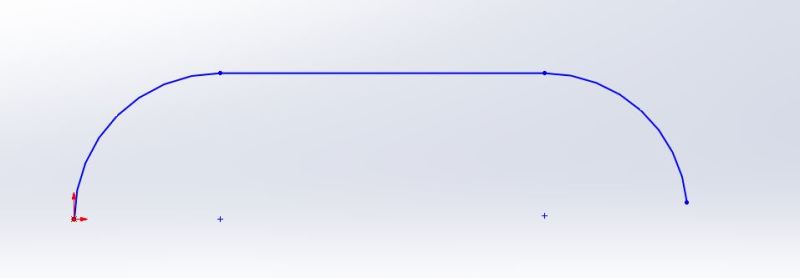pperlich
Mechanical
- Jun 17, 2014
- 114
This question is just for the sake of curiosity.
Lets say you a straight beam with an in-plane curve on each end.
How would the neutral axis and stress distribution look at the transition from straight to curved?

Lets say you a straight beam with an in-plane curve on each end.
How would the neutral axis and stress distribution look at the transition from straight to curved?

